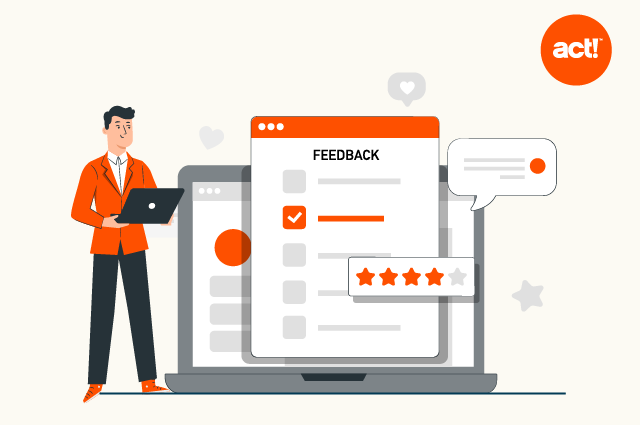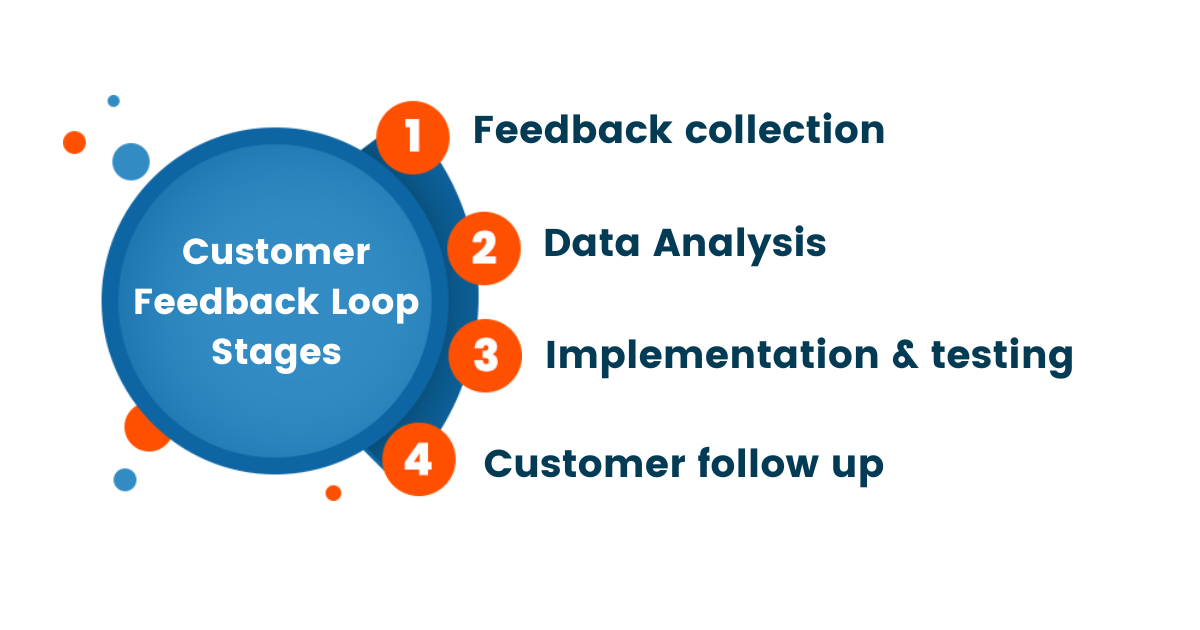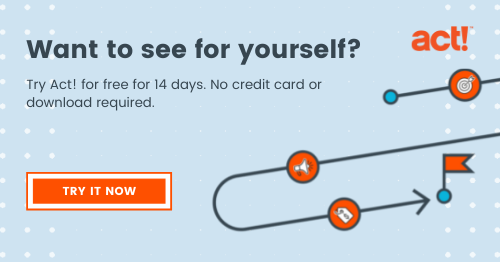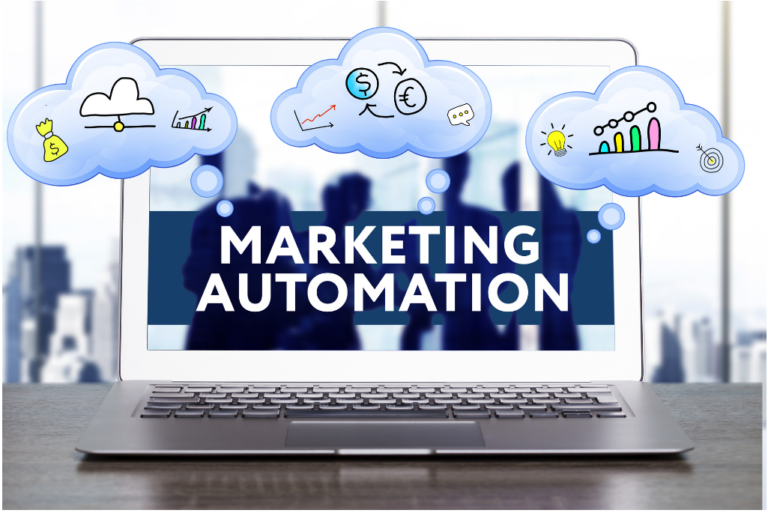
What happens when businesses stop listening to their customers? Better competitors replace them.
Blackberry, Yahoo!, MySpace, and, more recently, Facebook are classic examples.
The data confirms it: 80 percent of customers prefer working with companies that offer a personalized user experience that aligns with their customer preferences. To create new products and services that solve real problems and optimize customer retention, you must listen to customer feedback and base your decision-making on what users want.
Truly innovative companies use customer feedback loops to inform their critical product decisions and create a roadmap for business growth. In this article, we’ll describe the different stages of these customer feedback loops and show you how to create one for your business.
What is a customer feedback loop and why is it important?
A customer feedback loop is the process of improving your products and services based on continuous feedback from your customers in an effort to reduce churn and acquire new customers. It’s a cycle in which you gather user feedback, analyze it, make changes, and then follow up with your customers to see if those changes hit the mark. Ultimately, feedback loops represent ongoing dialogue with users, involving them in the product creation process to fine-tune your offerings and meet customer needs more precisely.
Consider a customer feedback example: If a high percentage of an invoicing tool’s users never create invoices after signing up, the product team should seek customer feedback to understand why. Based on customer responses, they should change specific product features and follow up with the same users to see if they’re satisfied with the new version.
The primary goal of this exercise is to simplify product usage, ensure customer success, and create a product that provides actual value to the users. It also shows customers that you care about them and genuinely want to create something useful. This increases customer loyalty to your brand and gives users a sense of ownership of your product because they play a part in its development.
The stages of the customer feedback loop

You can divide the typical customer feedback loop into four broad stages. Each stage has distinct goals and should ideally involve the key stakeholders from your customer service, product development, data analysis, and marketing and sales teams.
Stage 1: Feedback collection
The feedback loop begins with collecting customer feedback about specific aspects of your product and user experience. You can use various tools like feedback surveys, interviews, focus groups, live chat, and support tickets to collect customer data.
If you need more actionable insights, you can use secondary feedback sources like forum discussions, online reviews, social media posts, website analytics, and user behavior tracking tools like heat maps and screen recordings.
Stage 2: Data analysis and interpretation
Once you have the required feedback data, it’s time to organize it to find trends and valuable insights. Since customer feedback loops focus on specific product aspects, most positive and negative responses will have common themes and a few outliers.
You must carefully review all the responses and prioritize the issues most impacting customer satisfaction and product usage.
Stage 3: Implementation and testing
Once you’ve identified what’s hurting customer experience, it’s time to make changes to your product.
Since the customer feedback loop is a collaborative process, you can contact users for more detailed feedback if you aren’t sure about their pain points or how they want to see your product. Based on their feedback, create multiple product versions and use A/B testing to find the winner.

Stage 4: Customer follow-up
To close the feedback loop, brief your customers about your changes and seek fresh feedback.
If they’re happy with the results, request a positive review. However, if they think it still needs work (and you agree), keep improving the product until you resolve the problem.
How to build a strong feedback loop for your business
The effectiveness of your feedback loops depends on the details of your process. Here’s what you need to ensure your feedback loop gathers valuable customer insights and helps you enhance user satisfaction.
1. Identify clear feedback goals
Every feedback loop must have a well-defined problem and cover a specific product feature or benefit that customers want. But your customers won’t always explicitly tell you what it is. It’s your job to understand their problem and identify the functionality that must be improved.
To achieve this, you need to ask the right questions in your surveys, questionnaires, interviews, calls, or any feedback collection method you use.
2. Use a CRM to track customer behavior
One of the best ways to collect and interpret user feedback is to use an integrated customer relationship management (CRM) solution that provides a 360-degree view of customer interactions with your company and helps you make data-driven decisions.
Act! is a complete marketing automation, lead generation, and CRM system. You can use it to track pre- and post-sales conversations and user activity metrics to understand what your customers want from your product and where they believe it isn’t delivering.
Act! also simplifies data analysis by providing feedback from all stages of the customer journey in a centralized dashboard and highlighting trends, giving you a holistic view.

3. Track product usage to find problems
Improving your product based on customer survey responses, emails, or chat conversations is a reactive approach. You must complement this customer feedback strategy by proactively tracking real-time user behavior and engagement with your product.
Why? Because research shows only one in twenty-six customers share product feedback. Others simply switch to a competitor after just one bad experience without sharing negative feedback.
So, it is crucial to actively engage with users and continuously improve their product experience without waiting for customer complaints.
4. Encourage feedback through incentives
Since customers don’t always speak up, encourage them to share feedback by offering incentives. For example, a SaaS company can offer a free product upgrade or limited-time access to higher-tier features for feedback.
Similarly, companies can offer discounts, vouchers, or anything else to motivate users to share their thoughts.
5. Involve product teams in feedback analysis
It is crucial for your company’s key decision-makers, especially the product teams, to analyze and understand customer feedback.
Startups with small and closely-knit teams may find this easier than large tech companies with distributed teams or multi-layered hierarchies. You can resolve this by creating cross-functional teams to handle customer issues with representation from all departments involved in delivering value to your customers.

Make customer feedback a core part of your business
Change is the only constant in business. To stay relevant and on top of the customer’s mind, organizations must continuously innovate and find ways to enhance their customer experience.
By using an integrated CRM and marketing automation system like Act! and making customer feedback a pivotal piece of your product and services development, you can easily build actionable feedback loops that help you gather timely information and stay ahead of your competitors.
Ready to see how Act! can help you build better customer feedback loops? Sign up for a free 14-day trial today. No credit card or download is required.




